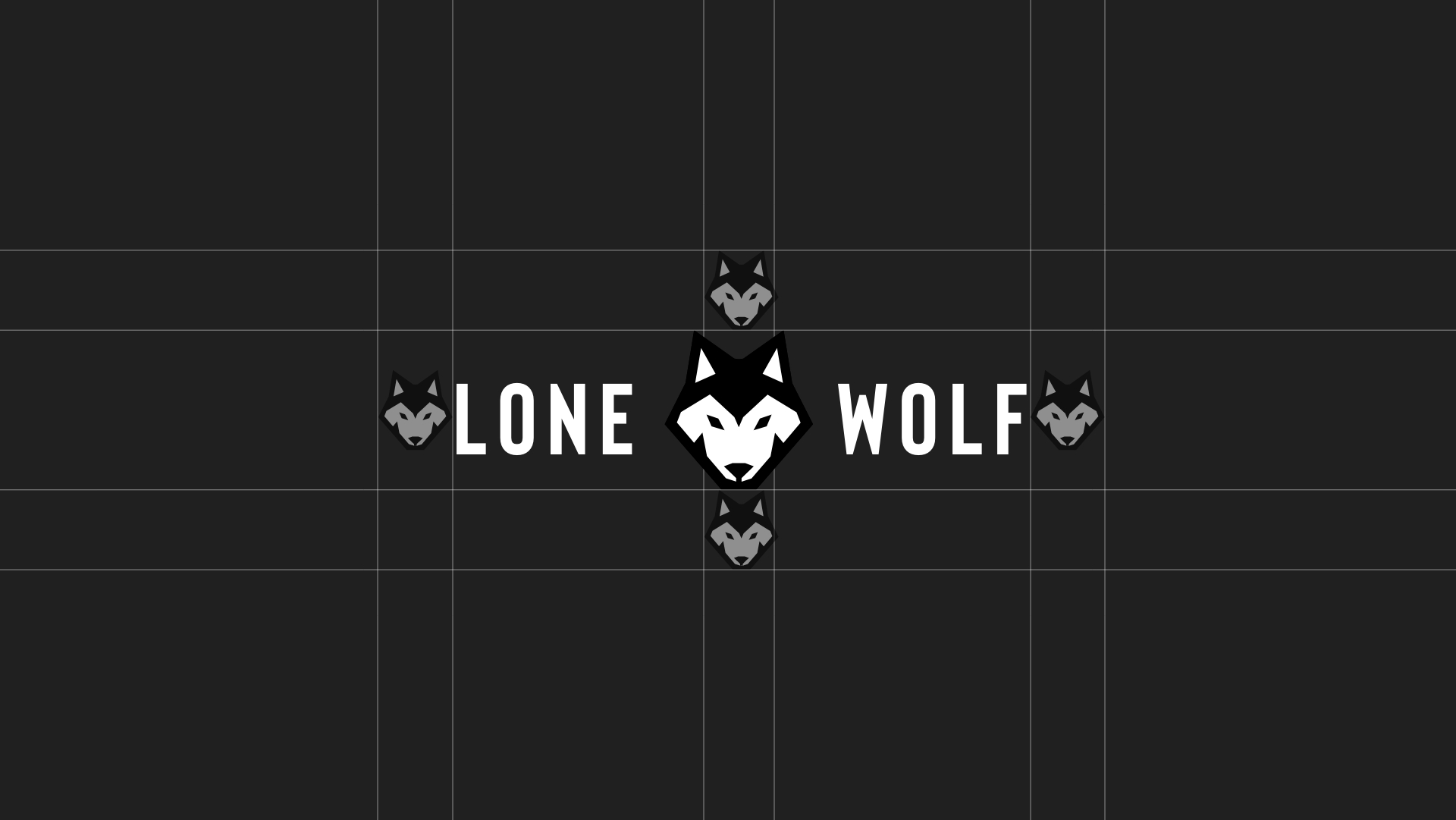The answer swiftly is yes.
According to a survey by Weebly, 56% of the consumers surveyed said they don't trust a business without a website.
I, myself find that when I search for a service on Facebook, say, a plumbing company or a cat sitter for my cats, I immediately hunt for that service's website and 9 times out of 10, I'm disappointed to find the company doesn't have one – I then immediately start looking elsewhere for a company that does – Not everybody does this but I know I do and I make sure to check out those reviews.
Now I don't know if thats the website designer in me, but I find companies that have websites more trustworthy – to know they have invested in their website to promote their service and spent time convincing me why I need their services to be a selling point – I need to know what the company can do for me, why I should part with my money to hire them, their past works, reviews/testimonials, process etc its all important for potential customers – like me
So why is it important for your business to have a website?

Wider audiences
The main advantage of having a website is to reach out to a broader audience with ease. There are over 4.5 billion active internet users worldwide, and over 90% of them accessed the Internet via mobile devices – they literally have your website in their pocket.
Your website can be available 24/7/365 even when you’re not. A website acts as your “always-on” business advocate during and outside of office hours.
Websites help you convert more of your existing referrals, because most people still do their own research and stack you against your competitors. It will also help your target audience understand your business and services.
Without a website, your business is virtually invisible to potential customers and clients. With COVID-19 pushing the global market even more digital, your business will become invisible to those that matter unless you invest in a website.
Its essential for small businesses
Many small business owners don’t see the need to invest in an effective business website. However, they’re currently missing out on an incredible source of revenue.
The following statistics show how important a website is for a local business:
- 46% of search on Google include local intent
- 97% of users use search to find local businesses
- 28% of users purchased an item after a local search
- 70% of users will visit a store because of what they found online
A business website will help you capture all of this potential and make your business even more profitable.
You’ll look more professional.
Most people trust spending money with established brands because they know what to expect. A website is a way of increasing the perceived value of your brand or business, as well as being a top notch tool for delivering information and funnelling people toward a call to action. Combined with a Facebook page and Email Newsletter, you can keep everyone in the loop with what’s going on and promote offers to them regularly.
Its also important to show off those reviews and testimonials to build that trust factor with your audience.
81% of people research a business or service on the internet prior to making a purchase decision. That’s 25.92 million people searching for businesses online. Yet, 46% of business owners listed “Business currently doesn’t need one” as their #1 reason for not having a website.

Time Saver
Your website can save you time by providing answers to common customer questions and inquiries. As long as you have all the provided information that user is looking for, it also helps them in making their decision whether or not to get in touch. Display your processes, your services, explain what it is your company does/sells. A strong message on a website makes all the difference and sells to that potential client.
So why should I invest in a website?
Because a website is an extension of your business, its a gateway to welcoming new clients and business. With the reasons above how could you not invest in a website?. With the right messaging



